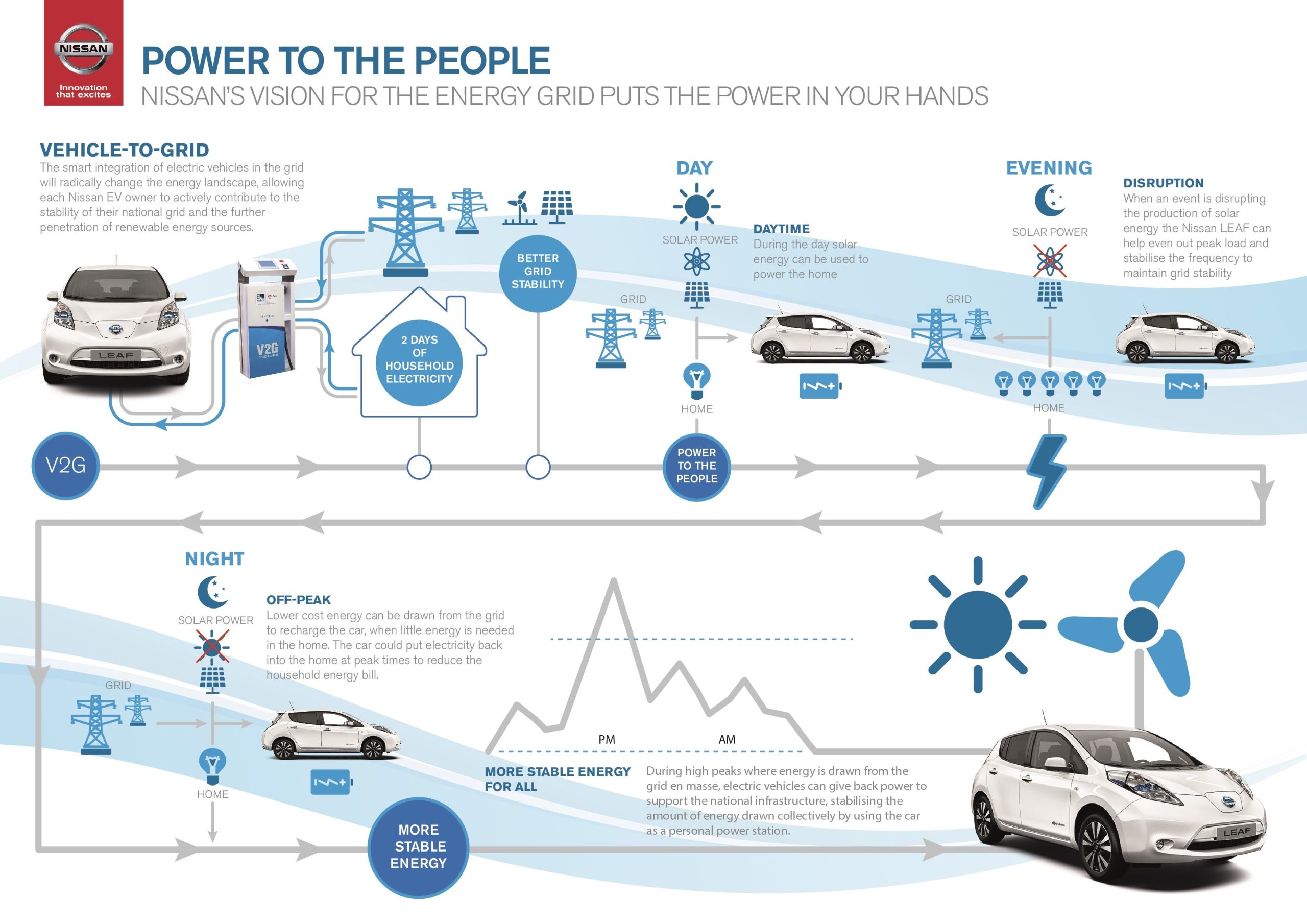
In recent years, the world has witnessed the rise of electric vehicles (EVs) as a more sustainable mode of transportation. But what if we could further enhance their eco-friendliness by integrating them with renewable energy sources? This article explores the concept of solar-powered driving and its potential to revolutionize the way we consume energy.
The Advantages of Solar-Powered EVs
Solar-powered EVs offer a plethora of advantages that go beyond reducing our carbon footprint. By harnessing the power of the sun, these vehicles can eliminate the need for non-renewable energy sources and contribute to a greener future.
1. Energy Independence
Solar-powered EVs give drivers the freedom to rely on renewable energy, reducing their dependence on traditional charging stations. With the integration of solar panels on the vehicle’s exterior, energy is generated directly from the sun, allowing for a more self-sufficient and sustainable driving experience.
2. Cost-Efficiency
By utilizing solar energy, EV owners can significantly reduce their energy costs in the long run. While the initial installation cost may be higher, the savings in fuel expenses and the ability to potentially sell excess energy back to the grid can make solar-powered EVs a financially viable option for eco-conscious drivers.
3. Extended Driving Range
Solar panels can supplement the vehicle’s existing battery, providing additional energy and extending the driving range. This feature becomes particularly useful during long journeys or when traditional charging infrastructure is scarce. With solar-powered EVs, drivers can unlock more flexibility in planning their trips.
Integration Challenges and Technological Solutions
While the idea of solar-powered EVs holds immense potential, several challenges exist in integrating these technologies seamlessly. However, innovations and advancements in the tech industry are paving the way for viable solutions.
1. Efficiency and Performance
One key challenge lies in maximizing the efficiency and performance of solar panels integrated into the vehicle’s design. Current solar panels may not generate enough energy to power the entire car, but ongoing research and development aim to enhance their output and efficiency, making solar-powered EVs more practical for everyday use.
2. Integration and Aesthetics
An aesthetically pleasing integration of solar panels onto EVs poses another challenge. Designers and engineers face the task of seamlessly incorporating solar technology without compromising the vehicle’s appearance or performance. Efforts are underway to develop flexible and transparent solar cells that can be integrated into various parts of the vehicle’s structure without hindering its design.
3. Infrastructure Development
Building the necessary infrastructure to support solar-powered EVs is crucial for their widespread adoption. Governments, businesses, and utility companies need to collaborate to establish charging infrastructure that incorporates solar energy and integrates with the existing power grid. With well-planned infrastructure, the transition to solar-powered driving can become more feasible and convenient for all EV owners.
The Future of Solar-Powered Driving
The potential of solar-powered driving goes beyond individual vehicles. It has the power to reshape the entire transportation sector and accelerate the transition to a renewable energy-powered world.
1. Scalability and Grid Integration
Advancements in renewable energy technologies, including solar panels, will play a crucial role in scaling up solar-powered EVs. With improved efficiency and affordability, these vehicles can become a viable option for a larger percentage of the population. Additionally, smart grid integration and battery storage advancements will facilitate the seamless integration of solar power into the overall energy infrastructure.
2. Reduced Environmental Impact
Increased adoption of solar-powered EVs will contribute to a significant reduction in greenhouse gas emissions and air pollution. By leveraging renewable energy, we can mitigate the environmental impact associated with transportation, paving the way for a cleaner and healthier future.
3. Technological Advancements
As technology evolves, we can expect further advancements in solar-powered driving. For instance, the integration of solar panels on electric charging stations can help store excess solar energy, making it accessible even during periods of low sunlight. Innovations like this will make solar-powered driving more reliable and convenient.
Conclusion
Solar-powered driving holds immense promise for the future of transportation. By integrating electric vehicles with renewable energy sources, we can reduce our dependence on fossil fuels and significantly decrease our environmental impact. While challenges remain, ongoing developments and collaborations in the tech industry provide hope for a future where solar-powered EVs become the norm. Let us embrace this solar-powered journey toward a more sustainable and greener world.

